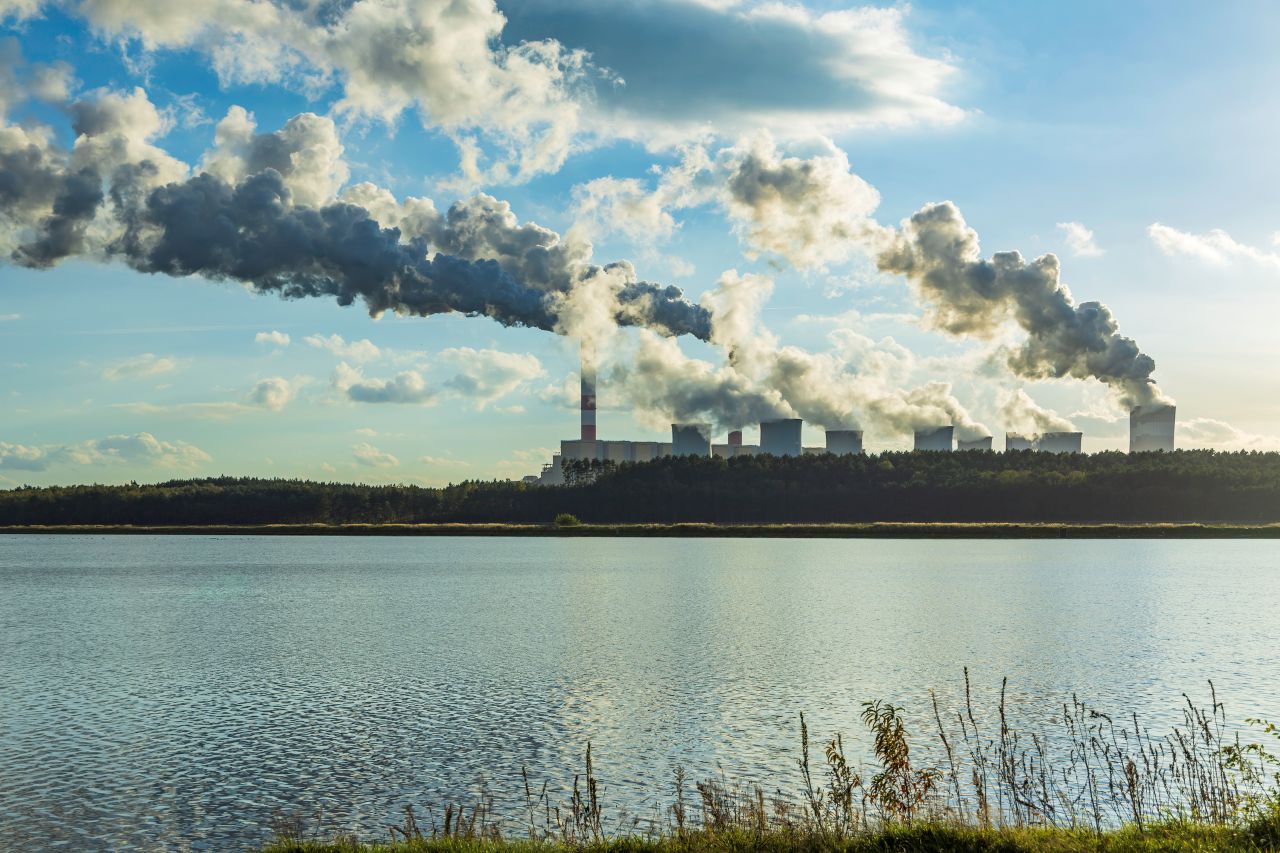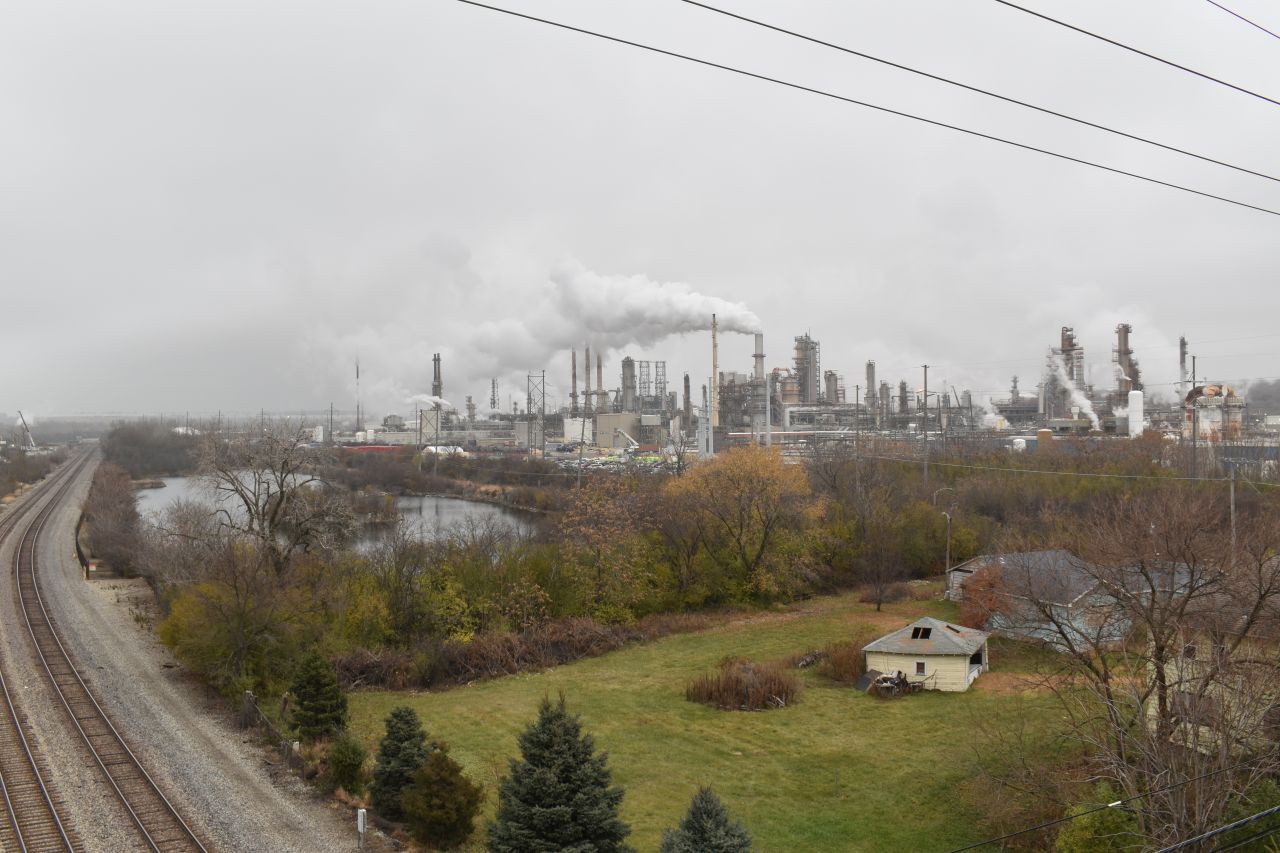Company’s plans for 690-mile natural gas pipeline would affect thousands of landowners in Texas, Louisiana


A 690-mile pipeline that would move gas from West Texas to export facilities in Southwest Louisiana will affect more than 3,000 properties and landowners in the states, according to early filings from the company planning the route.
With plans for the pipeline to begin operating in 2028, Houston-based Moss Lake Partners is already surveying a 300-foot-wide corridor along the pipeline’s route from west of Odessa, Texas, in the oil-and gas-producing region of the Permian Basin, to Lake Charles, Louisiana. The current route would cross 3,473 tracts of land, according to company filings.
This week, the company began holding 15 public “open house” meetings in East Texas and Louisiana for a pipeline that it calls the “DeLa Express” because it stretches from the Delaware Basin (which is part of the Permian) to Louisiana. (Scroll down to see a list of meeting dates and locations).
The DeLa Express is the latest in a wave of new pipelines transporting gas out of West Texas and eastern New Mexico. These include the Gulf Coast Express and Permian Highway pipelines, completed in 2019 and 2020, and the Matterhorn Express, currently under construction – all built to convey gas eastward to industrial areas and liquefied natural gas (LNG) export terminals.
From the industry’s perspective, this pipeline buildout will reduce a bottleneck of gas caused by a lack of enough pipelines to ship fuel out of West Texas and New Mexico. The Permian Basin’s gas glut at times becomes so severe that the price of gas dips into the negatives in West Texas. In March and April, the price of gas at a West Texas trading hub rarely rose above $0 and dipped to around negative $3 per cubic foot, meaning gas suppliers had to pay buyers to take their gas.
But the risks to people living along the path of pipelines include leaks and explosions. From 2004 to 2023, pipelines in the U.S. saw an average of 289 significant incidents per year, according to federal data. These include an average of 13 deaths, 52 injuries, and $649 million in damages per year.
“The DeLa Express pipeline… is slated to be a massive 42-inch diameter pipeline that will operate at high pressure,” said Kenneth Clarkson, communications director of a nonprofit advocacy group called the Pipeline Safety Trust. “The pipeline’s large diameter and high pressure mean the DeLa Express could dramatically damage a much larger area than most natural gas transmission pipelines, making the consequences of a potential failure greater.”
For Alyssa Portaro, who lives with her husband and two kids near Vinton, Louisiana, the pipeline is a threat to the peaceful life they have been trying to build over the past few years. After almost losing everything to a wildfire in California, they moved to Louisiana, started a small farm and animal sanctuary, and got to work restoring wetlands on their 24 acres.
“We’d be hearing construction instead of the sounds of life here, knowing that construction noise is the sound of death and destruction,” Portaro said. “I’m not going to be happy about it, so I’m going to do everything in my power to stop it.”

The new Texas pipelines are part of a nationwide trend of oil and gas companies building more pipelines to move vast amounts of gas unlocked over the last two decades because of the growth of hydraulic fracturing and horizontal drilling. As of April 30, the U.S. Energy Information Administration listed 132 pending gas pipeline projects across the U.S., including new pipelines, expansions, and upgrades.
Of these pipeline projects, 35 are intended to provide gas to liquified natural gas (LNG) terminals for export abroad, according to EIA data. That includes DeLa Express, which according to company filings would help satisfy a growing demand for gas to export from LNG terminals in Southwest Louisiana and Moss Lake’s own proposed Hackberry terminal to export natural gas liquids from Cameron Parish, Louisiana.
The DeLa Express pipeline is still in its early stages, with the company holding public informational meetings and submitting plans on the route to the Federal Energy Regulatory Commission, which has jurisdiction over gas pipelines that cross state lines. If FERC eventually approves the company’s application, the decision would give the company the power to force landowners to sell easements on their land for the pipeline’s construction and permanent operation.
As of May 15, Moss Lake Partners said it had received permission to survey nine properties so far for the DeLa Express, although thousands more will be necessary.
Patrick Reznik, an attorney with Texas firm Braun & Gresham, which has represented landowners affected by pipelines, said he recommends landowners to avoid signing the survey permission forms sent by pipeline companies. Though companies can eventually seek permission to survey via a court order, landowners can often negotiate factors like where construction crews are allowed on the property and how they can access the land.
“This early in the project, I see no reason to grant access unless they are really moving forward,” Reznik said. “If they're going to start construction two years from now, the data that they're going to get today is going to have to be redone in two years.”
Reznik said landowners should hold their ground with pipeline companies during negotiations to ensure they get a fair price, along with enough to cover any damages the company causes. Landowners should also be aware that one pipeline going through their land has the potential to attract more as companies look to parallel already established rights-of-way. One of Reznik’s clients has six pipelines crossing his land, he said.
“Once you have one pipeline, you’ve got a corridor,” Reznik said. “And the chances of paralleling that pipeline are great.”
Unlike private land, federal land cannot be condemned for a pipeline path. However, Moss Lake Partners’ proposed route also appears to pass through federal land: the Sam Houston National Forest, a popular hiking and camping area north of Houston. Pipeline companies can get permits from the U.S. Forest Service to cross national forests, as recently happened with the Mountain Valley Pipeline gas line’s route through Jefferson National Forest in Virginia.
After a string of deadly pipeline explosions, including a 2019 blast in Danville, Kentucky, that killed one and injured six, the National Transportation Safety Board recommended that the Pipeline and Hazardous Materials Safety Administration update the formula it uses to calculate the size of a potential impact radius from pipeline explosions. Another 2000 explosion of a natural gas pipeline in New Mexico killed an entire family of 12 people camping 75 feet outside what should have been the blast zone.
“The Pipeline and Hazardous Materials Safety Administration’s equation for determining the potential impact radius of a pipeline rupture is based on assumptions that are inconsistent with findings from recent natural gas ruptures,” the board said in a August 2022 report. “Thus, high consequence areas determined using the equation to not include the full area at risk.”
Upcoming meetings for the DeLa Express pipeline
- Cleveland, TX - 6/6/2024 - 4-8 p.m. - SJP Ranch Events Venue - 2646 Farm to Market 1010 Road, Cleveland, TX 77327
- Huntsville, TX - 6/10/2024 - 4-8 p.m. - Walker County Fair Assoc. - 3925 SH 30, Huntsville, TX 77340
- Hearne, TX - 6/11/2024 - 4-8 p.m. - City of Hearne Clubhouse - 405 Norwood Lane Hearne, TX 77859
- Moody, TX - 6/12/2024 - 4-8 p.m. - Bammie Moore Hall - 508 Avenue E., Moody, TX 76557
- Gatesville, TX - 6/13/2024 - 4-8 p.m. - Texas Station Event Center - 305 Old Fort Gates Rd, Gatesville, TX 76528
- Midland, TX - 6/17/2024 - 4-8 p.m. - Junior League of Midland Mabee Hall - 902 W Dengar Avenue Midland, Texas 79705
- Odessa, TX - 6/18/2024 - 11 a.m. - 1 p.m., 5-8 p.m. - Lawndale Community Center - 9201 Rainbow Rd, Odessa, TX, 79765
- Kermit, TX - 6/20/2024 - 4-8 p.m. - Winkler County Community Center - 118 N Poplar St, Kermit, TX, 79745
- Sterling City, TX - 6/24/2024 - 4-8 p.m. - Sterling County Community Center - 3rd St &, Main St, Sterling City, TX, 76591
- Santa Anna, TX - 6/25/2024 - 4-8 p.m. - The Armory - 303 S Houston, Santa Anna, TX, 76878
- Brownwood, TX - 6/26/2024 - 4-8 p.m. - Adams Street Community Center - 511 E Adams St, Brownwood, TX, 76801
- Ballinger, TX - 6/27/2024 - 4-8 p.m. - Ballinger Community Center - 200 Crosson Ave, Ballinger, TX, 76821
Lead photo: Construction crews installing a pipeline in Pennsylvania. Bill Hughes, 2016. Photo courtesy of FracTracker Alliance.














